Mustelids (family Mustelidae) form one of the most diverse and widespread carnivore families on Earth. With 57 living species, they range from tiny least weasels to bulky badgers and semi-aquatic otters. Mustelids occupy nearly every continent (except Australia and Antarctica) and fill varied ecological niches—from forest canopies to riversides to coastal kelp beds.
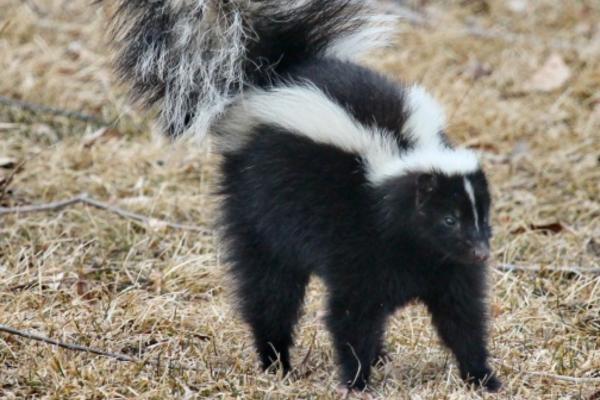
Core Mustelid Traits
Elongated, tubular body: Ideal for slipping through narrow burrows or dense undergrowth.
Short limbs & digitigrade stance: Walk on toes, equipped with sharp, non-retractable claws; many aquatic species have webbed toes.
Carnivorous dentition: Prominent canines and carnassial molars for slicing flesh; some species (e.g., certain dolphins in Cetacea) secondarily lose visible teeth.
Anal scent glands: Produce strong odors used for territory marking, mating signals, and predator deterrence.
Diverse activity patterns: Mostly solitary and nocturnal, though a few (like badgers) may show social or diurnal behavior.
Mustelids play vital roles as predators (controlling rodent pests), ecosystem indicators (otter presence signals healthy waterways), and, sadly, as targets of fur trapping (mink, sable).
Below are ten well-known mustelids—key examples to illustrate the family’s breadth in size, habitat, and lifestyle.
Range: Native to North America; introduced across Europe, South America, and Asia via fur farms
Habitat: Stream and lake margins with dense bankside cover; hollow logs and burrows
Diet: Fish, amphibians, crustaceans, small mammals
Notes: Semi-aquatic expert swimmer; escaped farm mink have become invasive in many ecosystems

Range: Holarctic (Europe, Asia, North America)
Habitat: Farmlands, grasslands, stone walls, human dwellings
Diet: Primarily rodents (voles, mice); voracious hunter consuming multiple prey per day
Role: Natural rodent control; one of the world’s smallest carnivores (body length 11–22 cm)
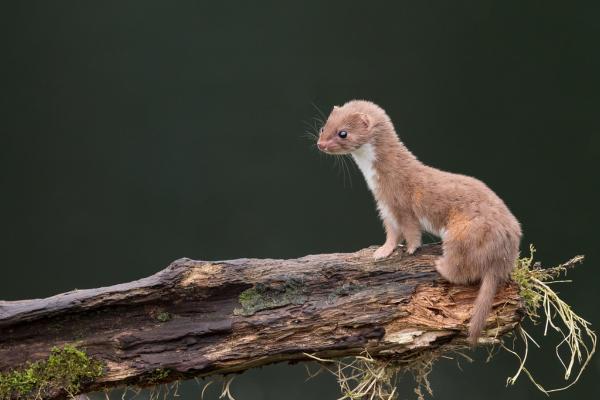
Range: Remnant populations in Russia, Estonia, Spain, France
Habitat: Pristine rivers, marshes, and floodplain forests
Threats: Habitat loss, water pollution, competition with introduced American mink
Conservation: Captive breeding and reintroduction programmes are underway
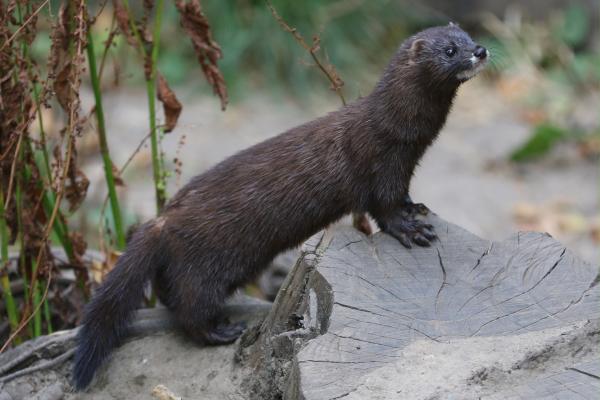
Range: Wild polecats in Europe & western Asia; domestic ferrets globally
Habitat: Wooded areas near water; domestic burrows
Diet: Rodents, rabbits, birds
Domestication: Ancestor of the pet ferret (M. putorius furo), long used for rabbit control

Range: Europe and parts of western Asia
Habitat: Mature coniferous and mixed woodlands
Diet: Small mammals, birds, berries, insects
Behavior: Arboreal acrobat, excellent tree-climber; sensitive indicator of old-growth forest health

Range: Europe through western Asia
Habitat: Rocky areas, farmland edges, even urban roofs & barns
Diet: Rodents, birds, fruit, human refuse
Adaptability: Tolerates human proximity, often viewed as poultry thief
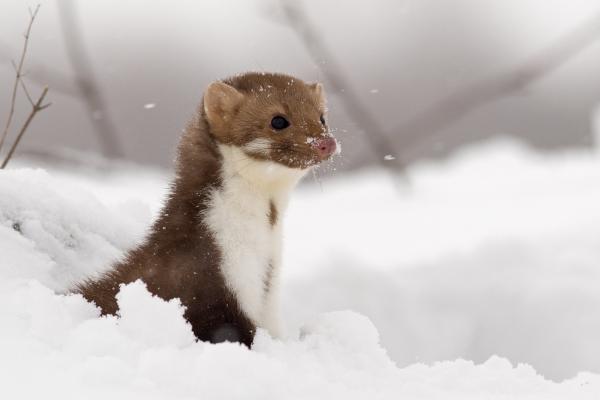
Range: Throughout Europe and into parts of Asia
Habitat: Woodlands, farmland mosaic, hedgerows
Diet: Omnivorous—earthworms, insects, small mammals, roots, fruit
Sociality: Lives in clans in extensive underground setts (badger dens)
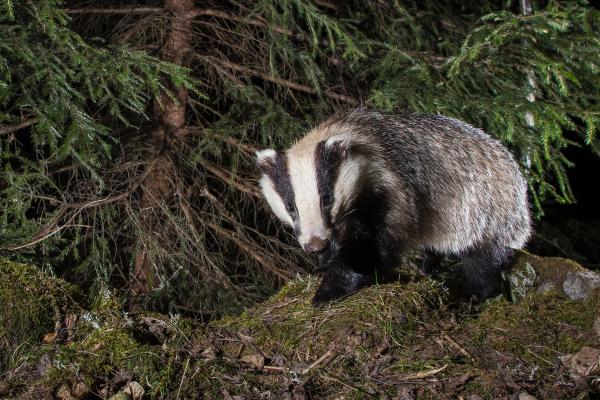
Range: Europe, Asia, parts of Africa
Habitat: Clean freshwater rivers, lakes, coastal estuaries
Diet: Fish, amphibians, crustaceans
Indicator: Presence signals high water quality and healthy riparian habitat
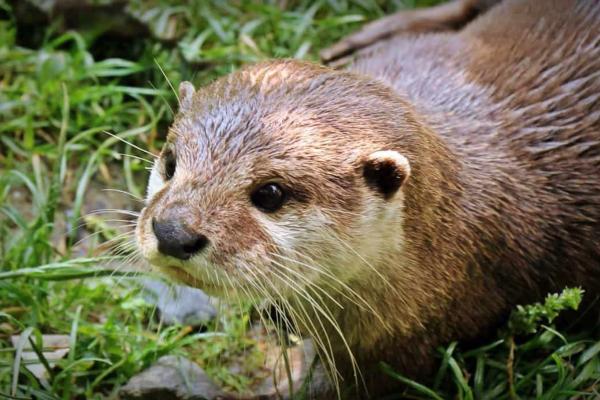
Range: Northern latitudes of Europe, Asia, North America
Habitat: Tundra, woodland edges, grasslands, rocky outcrops
Seasonal Coat Change: Brown summer fur, pure white winter coat (except black tail tip)
Behavior: Stealthy predator of voles; celebrated in folklore for its winter-white pelt

Range: North Pacific Rim (California to Russia)
Habitat: Kelp forests and rocky coastal waters
Diet: Sea urchins, crabs, mollusks; uses “tools” (rocks) to crack shells
Ecological Role: Keystone species—by controlling urchin populations, maintains kelp ecosystems
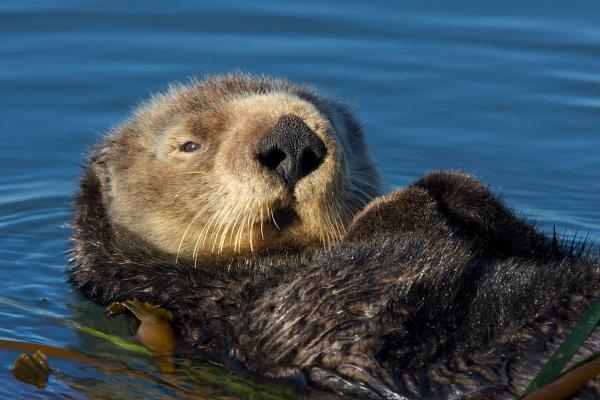
Habitat Protection: Safeguard rivers, wetlands, and mature forests to support water-dependent mustelids and forest specialists alike.
Regulate Fur Trade: Strict oversight of fur farms and trade to curb invasive mink escapes and illegal trapping.
Public Education: Promote awareness of mustelids’ ecological value—as rodent controllers, water quality indicators, and forest health sentinels.
Research & Monitoring: Fund long-term population studies to inform adaptive conservation strategies.
Bibliography
(n.d.). (n.d.). Iberian Fauna. Available at: https://www.faunaiberica.org
Montero R, Autino A. (2018). Vertebrate Systematics and Phylogeny. Independent Publishing House, San Miguel de Tucumán, Argentina. 1580 pp.
Schiaffini MI. (2014). Small Carnivore Assemblages (Carnivora: Mustelidae and Mephitidae) in Patagonia: Taxonomy, Distribution, and Food Allocation. Doctoral Thesis. National University of La Plata.
animal tags: mustelids Mustelidae weasel family mink otter badger marten polecat
We created this article in conjunction with AI technology, then made sure it was fact-checked and edited by a Animals Top editor.